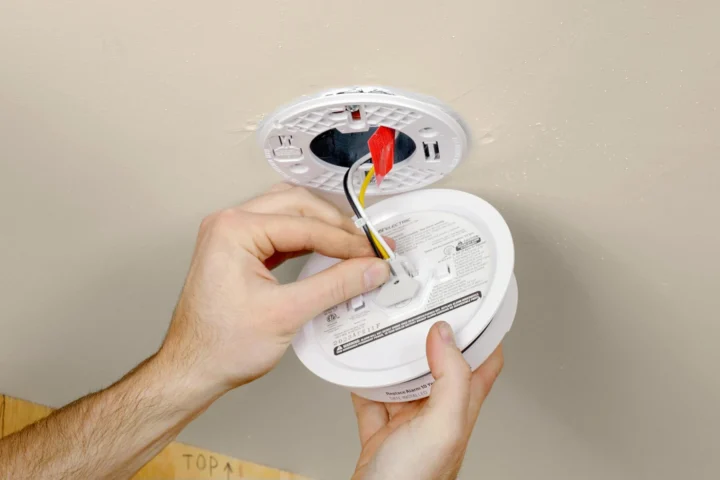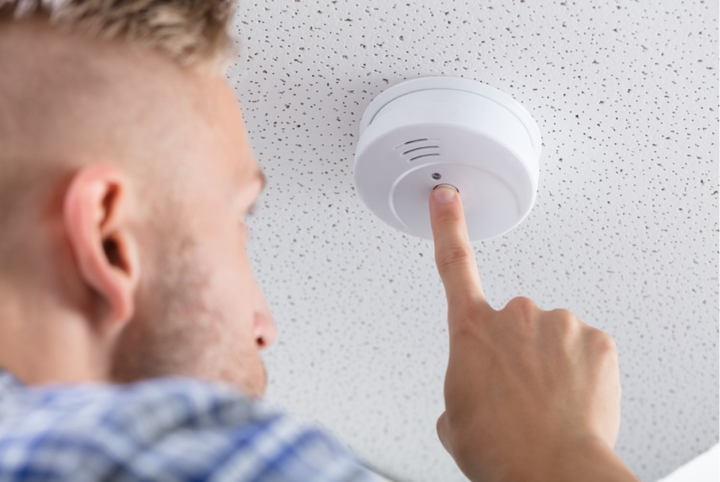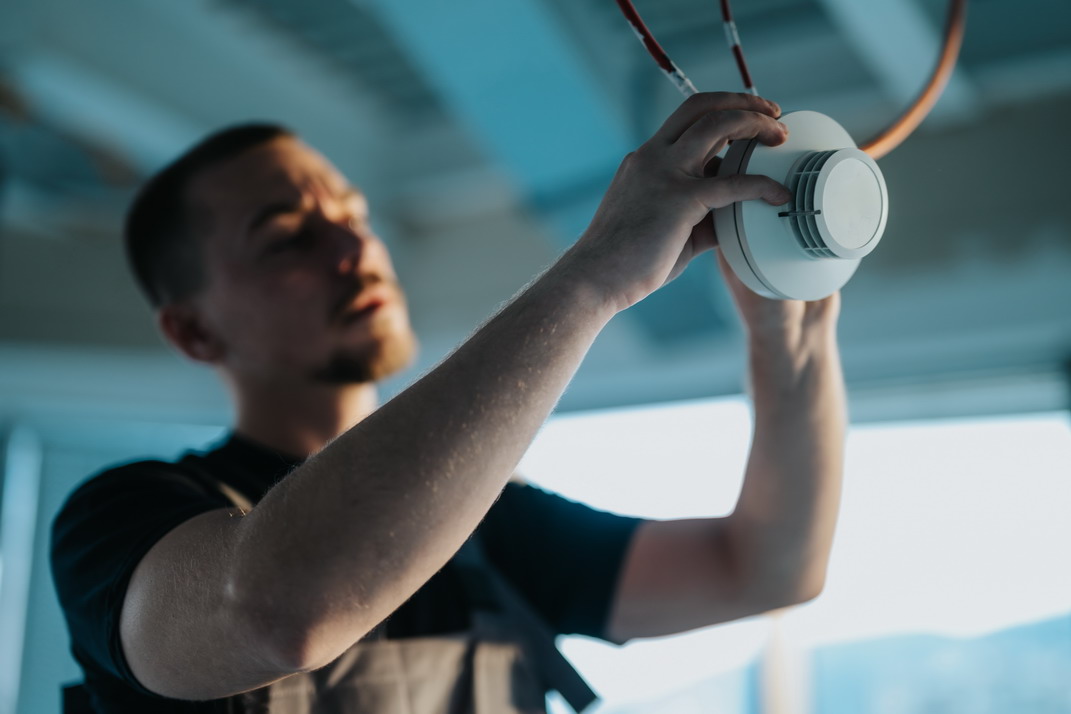Every house in America should have at least one smoke detector and one carbon monoxide (CO) detector. Two or more of each is even better. They can be battery powered or hardwired to a home’s electrical system. Some CO detectors plug into wall outlets.
There is something to be said about hardwired units. The biggest advantage is not having to change batteries. As long as the power is working, the units will function just fine. But how about installing them? Does a homeowner have to bring in an electrician?
Replacing Older Units
Whether you have to call in a professional, like Salt Lake City’s SameDay, depends on what you are dealing with. You may not need an electrician if you’re simply replacing older units. Replacing a hardwired smoke or CO detector is a lot like replacing a light switch or a two-plug outlet.
You start by shutting off the power at your panel box. Just locate the circuit and flip off the circuit breaker. Now you can remove the unit’s faceplate, unscrew it from the wall or ceiling, and pull it out. From there it is a simple matter of detaching each wire and reconnecting it to the new smoke or CO detector at the correct location.
It is a really good idea to take a picture of how the wires are connected to the old unit before disassembling it. You can use the picture to identify the hot and neutral connections. Once the new unit is in place, turn the power back on and test it.

Installing Brand New Units
Bringing in an electrician to install brand new smoke and CO detectors where none previously existed could require the help of an electrician. It really depends on whether or not you have access to existing power lines.
Maybe you are dealing with a newer home, a home for which the builder ran the power lines but then capped them off without installing the detectors. You might still have to cut the openings and install junction boxes. If you know how to do it, it’s not a big deal.
The absence of existing power lines suggests bringing in an electrician is the better move. An electrician will have to run new lines from either an existing line or a new circuit on the panel box. Either way, it involves more advanced electrical skills.
There is also the matter of cutting into the wall or ceiling to install a junction box. If the electrician has to run new lines from any significant distance, there may be additional drywall and painting work to do after the fact.

Always Be Careful With Electricity
Some minor electrical jobs are suitable as DIY projects. That might include installing new hardwired CO and smoke detectors. But the first rule of working with electricity is always the safe. Electricity is nothing to fool around with.
No matter how simple the job might be, it is not worth trying it on your own if you know absolutely nothing about electricity and circuits. Too much can go wrong. You are far better off bringing in a professional and observing what he does. You can learn a lot by watching.
If you do have the knowledge and you’re comfortable with the job, installing new hardwired smoke and CO detectors can help keep you and your family safe for years into the future. But remember that hardwired units still have to be tested from time to time. The good news is that you will not have to remember to replace batteries.

